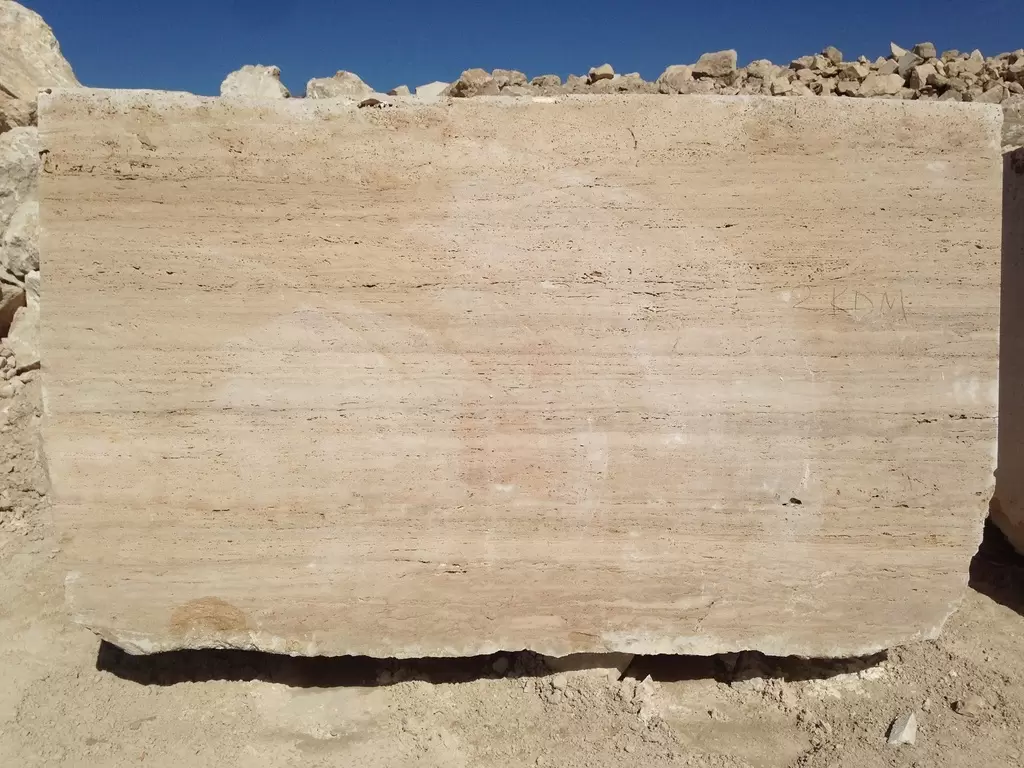
Grape of Cimin, cultivated in Turkey’s Erzincan region, is a geographically indicated product celebrated for its distinctive characteristics, sweet and tangy flavor, and rich cultural significance. This black table grape variety, unique to the Erzincan region, is a testament to the area's ideal climate, fertile soils, and centuries-old viticulture traditions.
Distinctive Features
-
Physical Characteristics
- Shape and Size: The grapes are black, with a flattened-oval shape. Each berry weighs an average of 3–4 grams, making them medium-sized yet visually appealing.
- Cluster Size: The grape clusters are dense and conical, weighing between 300 and 1500 grams, showcasing their fullness and uniformity.
- Skin: The grapes have medium-thick skin, offering a satisfying bite while protecting the juicy interior.
- Seed Count: Each berry contains 1–4 seeds, typical of this variety.
-
Flavor Profile
- Grape of Cimin is renowned for its sweet and slightly tangy flavor, a perfect balance that appeals to a wide range of palates.
- The unique aroma, influenced by the Erzincan region’s terroir, enhances its appeal for fresh consumption.
-
Optimal Growing Conditions
- Climate: The region's semi-arid climate, with dry summers and cold winters, provides the perfect environment for grape cultivation.
- Rainfall: Seasonal rainfall in winter, early spring, and post-harvest autumn is crucial for vine health, while minimal rain during the dry summer prevents fungal diseases.
- Irrigation: Grapevines require consistent watering from early June to mid-September, with peak water needs in July and early August.
- Wind and Humidity: The region’s moderate winds and low humidity further enhance the quality of the grapes by preventing disease and promoting even ripening.
-
Cultural and Historical Significance
- Grape of Cimin has been cultivated in the Erzincan region for centuries, with viticulture practices passed down through generations.
- Its name, synonymous with the Cimin area, highlights its deep connection to the region's cultural and agricultural identity.
-
Harvesting and Production
- Harvest typically occurs in late summer to early autumn when the grapes reach optimal ripeness.
- Traditional methods are used to ensure the grapes are carefully picked, preserving their quality and preventing damage.
- The careful selection process ensures that only the best clusters are marketed, emphasizing the high standards associated with this product.
-
Nutritional Benefits
- Grape of Cimin is rich in vitamins C and K, antioxidants, and natural sugars, making it a healthy choice for fresh consumption.
- The moderate seed content provides additional nutrients, including healthy fats and fiber.
-
Culinary Uses
- Primarily consumed fresh, Grape of Cimin is a favorite for its juicy texture and balanced flavor.
- It is also used in traditional desserts, preserves, and grape-based beverages, reflecting its versatility in Turkish cuisine.
-
Economic and Regional Impact
- The cultivation and trade of Grape of Cimin play a vital role in the economy of Erzincan, supporting local farmers and agricultural workers.
- Its geographical indication status protects the product’s authenticity and promotes the Erzincan region as a premium grape-growing area.
-
Geographical Indication and Recognition
- The geographical indication status ensures that Grape of Cimin is grown and harvested exclusively in the Erzincan region using traditional methods.
- This certification safeguards the product's reputation, quality, and cultural heritage while enhancing its appeal in domestic and international markets.
Conclusion
Grape of Cimin is more than just a fruit; it is a symbol of Erzincan’s rich agricultural heritage and dedication to quality. Its unique characteristics, from its sweet and tangy flavor to its robust clusters, make it a standout product both locally and globally. Whether enjoyed fresh or as part of a culinary creation, Grape of Cimin offers an authentic taste of Turkey’s viticultural excellence.


















